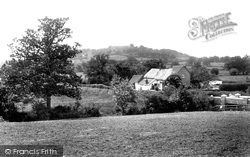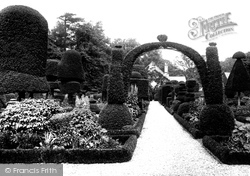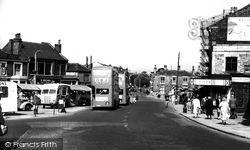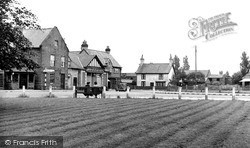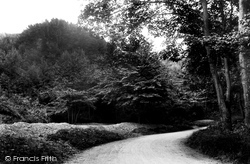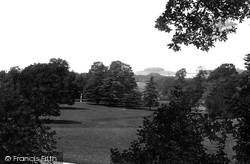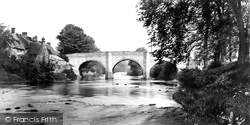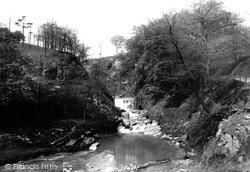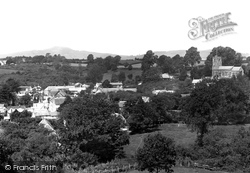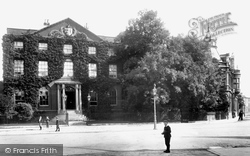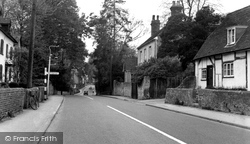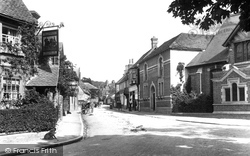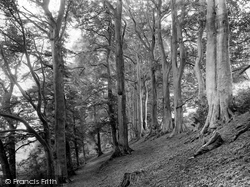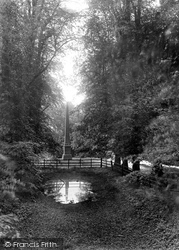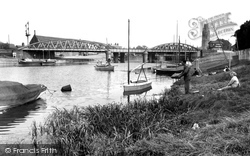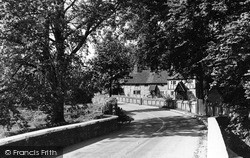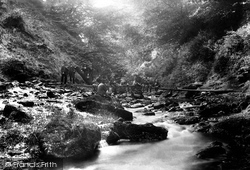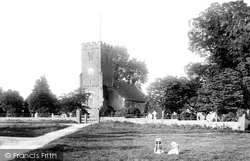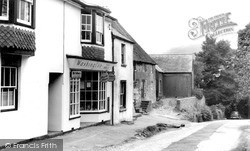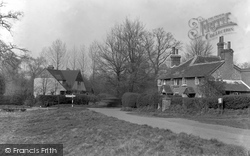Captions
1,131 captions found. Showing results 41 to 60.
With its spectacular beech hangers, green hills and downland, it is not surprising to learn that this corner of east Hampshire is known as 'Little Switzerland.'
Here the beech and box are coaxed into strange and wonderful shapes, including chessmen, birds, beasts, a lion and a judge's wig.
The last train to run from the town was in October 1963, which was even before the Beeching cuts.
The copper beech, whose leaves we can just see on the left, was planted in 1935 to commemorate the Silver Jubilee of King George V.
This large area of deciduous woods, in which beech predominates, is a favourite with walkers.
Above a great double avenue of beech trees, which line the road from Wimborne, lies the huge hillfort of Badbury.
Riverside beeches frame Baslow's three-arched medieval bridge at Nether End, as it strides across the River Derwent with elegant ease.
Oak, birch and beech trees predominate and there are over 400 species of flora and over 60 species of birds.
Lewesdon Hill, topped by beech trees, was given to the National Trust in 1943.
Beech Hurst was built in 1798 for ship's master Samuel Rolles, who was involved in Poole's trade with Newfoundland.
The house on the corner, known as The Beeches, was advertised for auction in 1920.
Goring is a riverside village lying between the beech-clad hills of the Chilterns and the windswept slopes of the Berkshire Downs.
These lovely beeches were planted in the 18th century, possibly by the architect Sanderson Miller.
These lovely beeches were planted in the 18th century, possibly by the architect Sanderson Miller.
The bridge, built in 1848, carried the Great Northern Railway main line from Grimsby to London King's Cross (via Peterborough), but since the Beeching cuts it now only carries the Skegness to Nottingham
At Water End, the River Gade runs under the fine three-arched bridge and through water meadows shaded by beech, willow and oak trees.
Clydach Gorge, once populated by forges, is well-known for its stands of beech trees which somehow survived the ravages of the charcoal-burners of the time.
Much of this feeling remains today: the churchyard wall with its railings and gates is unchanged, although the copper beech behind the left gate pier has grown very large.
Washington is on the main London to Worthing Road at the foot of the Downs.There are fine views of Chanctonbury Ring, a ring of beech trees planted on the site of an Iron Age hill fort 800 feet up
The 1920s Elm Tree Cottage on the left is now partly hidden by a large beech tree, while the 19th-century cottages behind the pillar box (which is still there today) have an extra bay to the


